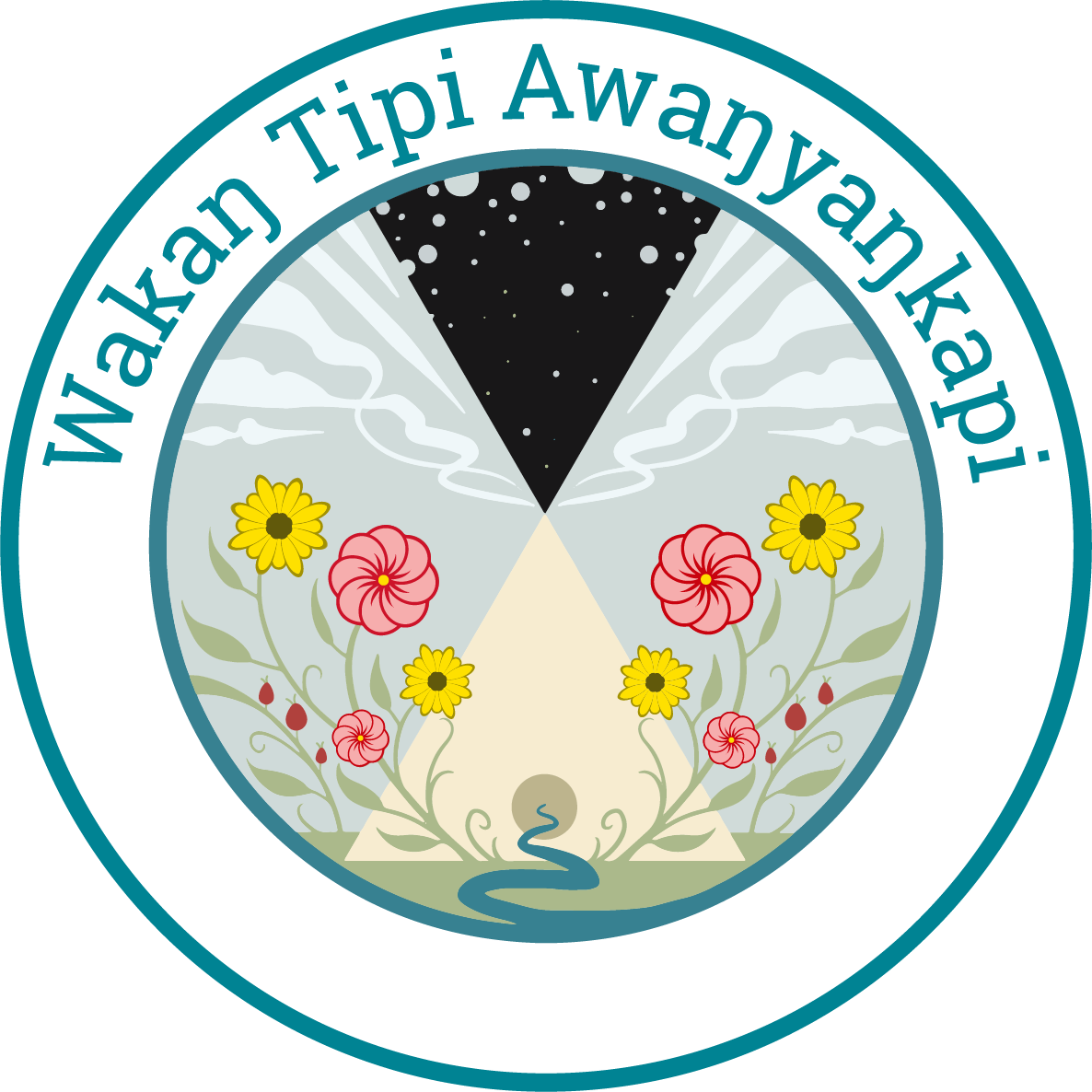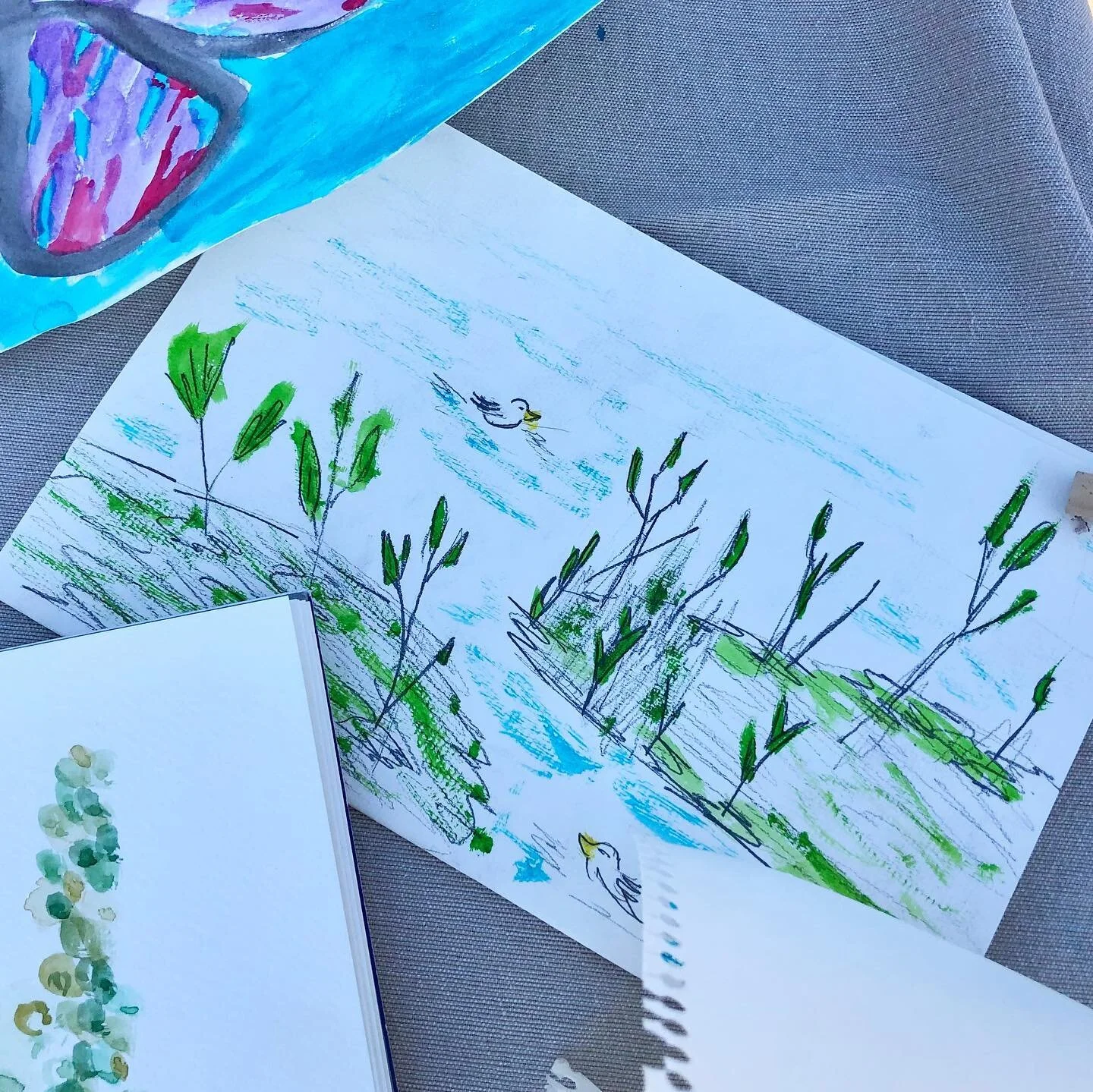In this month’s blog, we turn to recent LPCP Environmental Justice intern, Jarita Chen, for a thorough and eye-opening report on the ongoing pollution, complicated access issues, and perplexing restoration options at Pig’s Eye Regional Park.
History and Context
The Dakhóta Oyáte have lived near and been supported by the waters of Wákpa Tánka (Mississippi River) for thousands of years.The entire area around Imnížaska (St. Paul) and Bdóte (river confluence) was incredibly important to the Dakhóta creation story, and many bands would both stay and travel back to this area according to the seasons. One well-known village was that of Kapósia which moved to the east and west of the Mississippi near and around Čhokáŋ Táŋka (Pig’s Eye Regional Park).
The first name given to this present day parkland, Čhokáŋ Taŋka, roughly translates to the “big middle,” indicating a central meeting point for the Dakota communities. Less than a mile from the sacred Wakán Típi Cave, it is easy to imagine the village at Kapósia using this land to hunt, fish, and gather in times past as Pig’s Eye Lake was once an area of great beauty, original to the landscape even before the Mississippi River was forced to remain in her current path.
Government entities responsible for some or all of Pig’s Eye Regional Park include the City of Saint Paul, St. Paul Regional Water Services, St. Paul City Council & Water Board, St. Paul Port Authority, Metropolitan Council, Ramsey County, MN Department of Natural Resources, MN Department of Tarnsportation, MN Pollution Control Agency, and the Army Corps of Engineers.
Two photos show large amounts of scrap wood piled near the north entrance to Pig’s Eye Regional Park.
Accessibility
Government negligence
Minimal maintenance (no area of the park is managed for recreational use)
Lack of park amenities (proper signage, clearly marked roads, restrooms, lighting)
Industrial Activities
A private wood-chipping company and public soil debris staging site regularly encroach on the park’s northern entrance; an additional 15 tenant businesses transport and process a wide range of products at two barge terminals maintained by the Saint Paul Port Authority. These businesses include Northern Metals (infamous for causing widespread air pollution and health issues in North Minneapolis), agricultural producers, and a host of other potential polluters.
Environmental Justice
Juxtaposed with the massive amount of public green space in the area, the surrounding community of Battle Creek-Highwood is a majority-POC neighborhood with a 20% poverty rate. Public green space is of no use to community if it is not neither accessible nor safe.
Would these issues of negligence, accessibility, and pollution be an issue in a whiter, wealthier neighborhood?
A great blue heron sits atop a nest in the Pig’s Eye Island Heron Rookery Scientific and Natural Area.
Environmental Concerns
pollution
The Pig’s Eye Dump, a large, unpermitted site, operated between 1956 and 1972. During this time, an estimated 8.3 million cubic yards of waste was dumped in the 230-acre site, mostly on wetlands. Between 1977 and 1985, a Metropolitan Council Wastewater Treatment Plant disposed of an additional 236,000 cubic yards of wastewater treatment sludge ash. The dump was eventually landfilled and capped, though the Minnesota Pollution Control Agency did not begin official Superfund site remediation efforts until 1999.
Today, pollution is still a major concern for the wildlife and habitat of Pig’s Eye Regional Park. Perfluoroalkyl Substances (PFAS), notorious “forever chemicals” that cannot be broken down or remediated by our ecosystem, have been found in elevated levels of water and foam samples taken from Battle Creek. The DNR has also found high levels of pollution in bird eggs at the state-managed Heron Rookery Scientific and Natural Area, where nesting pairs have dropped significantly in recent years. Finally, as detailed in LPCP’s July blog post, railroad companies have spilled thousands of gallons of diesel fuel in East Side green spaces — this pattern of pollution has been met with minimal accountability, and continues to endanger critical habitat corridors.
Land management
Concurrent with the decades of contamination throughout the area, Pig’s Eye Regional Park is in many ways a more welcoming space for private industry than for public use. Almost 20 distinct companies operate in and around the area, and some of these companies overtly conducting operations on public park land. However, with minimal intervention from the government agencies responsible for Pig’s Eye, little has changed from the Superfund era.
Ongoing Projects
Land Swap (Soil Staging Site)
Right by the park entrance
On public parkland for 17+ years
Swap agreed by city council, specific terms still not determined
Pig’s Eye Lake Island Building Project
Habitat restoration
Concerns: dredged materials, merits and priorities
Great River Passage Initiative
City of St Paul Initiative to connect St Paul’s “greatest assets - our people and the Mississippi River”
A circular diagram visualizes the ongoing cycle of neglect that has perpetuated contamination and industrial domination of Pig’s Eye Regional Park.
Takeaways
The above diagram displays what feels like a broken record: Pig’s Eye Regional Park is a site of pollution and industry, and when the vocal minority of impassioned community members fight to improve the area, government agencies have often been inclined to maintain the status quo. This is not to say that improvements have not been made — after all, it was a group of community activists that successfully pushed to reject another polluting project and establish the Pig’s Eye Island Heron Rookery, and a group of community activists and neighbors have maintained strong energy in advocating for the habitat and ecosystem of the area. Yet two questions remain. First, how do we interrupt this cycle of neglect? And second, how do we envision and enact another cycle — one rooted in recognition of this place as Dakota land?






